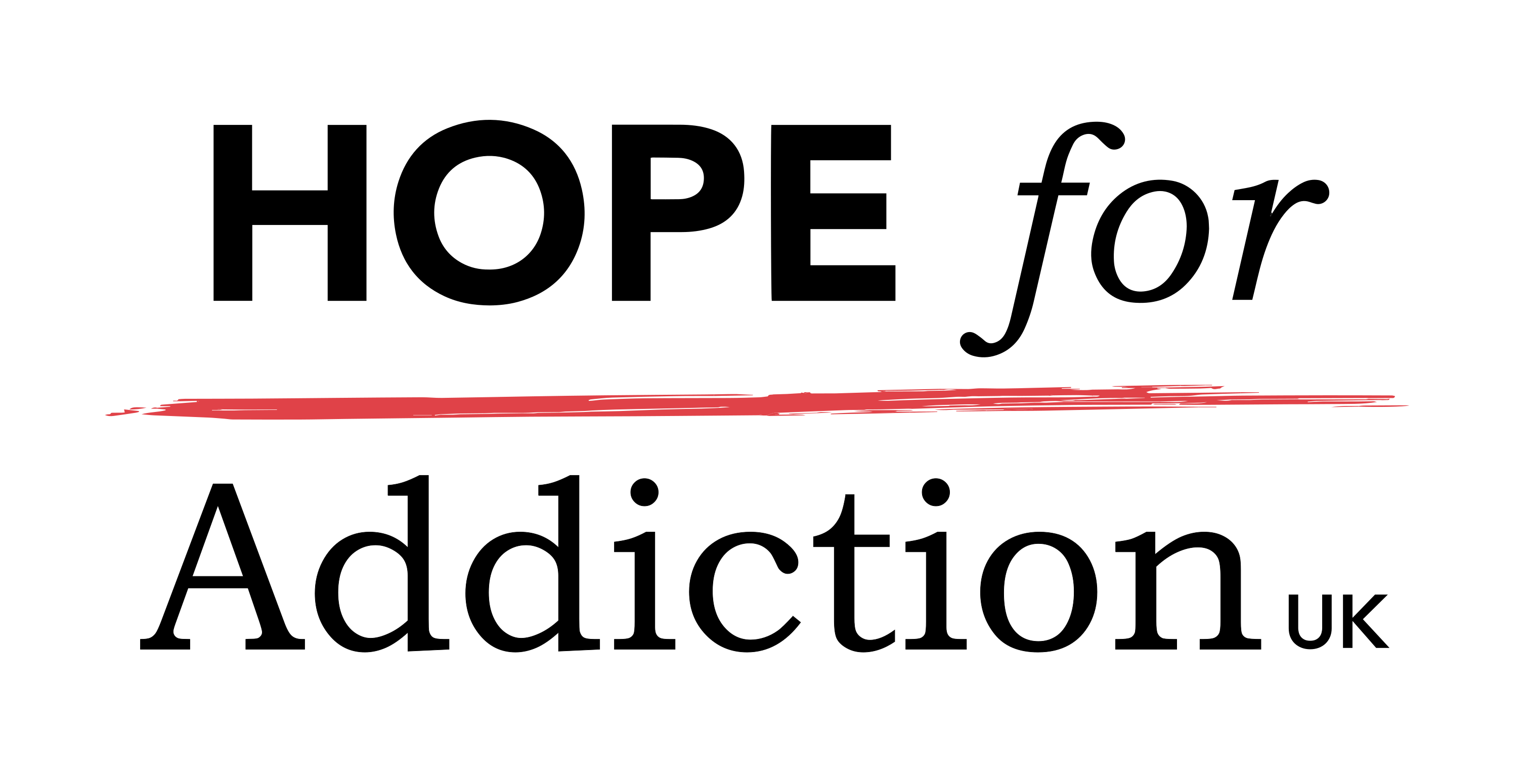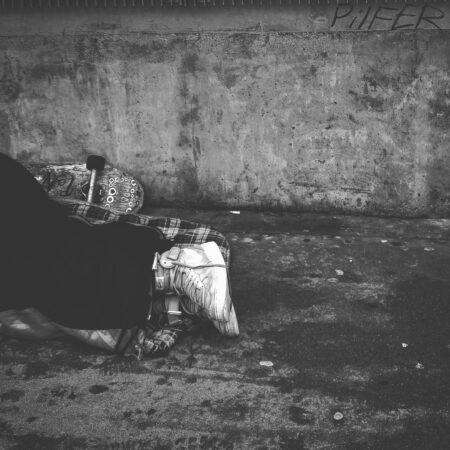Hope for Addiction UK has recently been shortlisted for the Christian Funders’ Forum 2024 Showcase Event in the Poverty & Homelessness category. We are honoured to be recognised as one of the most pioneering and impactful Christian projects in the UK. While our work is not directly frontline street work, our involvement in ministering to those affected by homelessness is significant.
To date, 57% of those who have accessed our services have experienced some form of homelessness compared to 23.6% who own their own homes. Homelessness is not limited to rough sleeping in alleyways or shop doorways. According to Crisis, rough sleeping is the most visible and dangerous kind of homelessness, but Statutory Homelessness and Hidden Homelessness encompass a larger group of people living in temporary accommodations, squatting, staying in hostels or couch surfing at friend’s houses.
Therefore, our work at Hope for Addiction UK has a dual focus: helping the 57% rebuild their lives and to prevent the 23.6% of homeowners who come to us from losing their homes due to an addiction.
Whilst substance and alcohol abuse can result from homelessness, two-thirds of people cite drug or alcohol misuse as a reason for first becoming homeless. Additionally, the top three reasons given when applying for homeless status – being asked to leave, disputes within a household and violence or abuse – often involve the role of alcohol and drugs. Among the 57% affected by homelessness at Hope for Addiction, many share stories of being turfed out by parents due to drug use or dealing, or experiencing marriage breakdown because of lying, deceiving and refusing help for alcohol addiction.
Our job is to help these souls not only achieve sobriety but also rebuild their lives and reconnect with estranged family. We do this by offering recovery meetings twice per week in the evenings and providing access to our Day Programme. This programme serves as a community rehab, offering both group work and one-to-one support.
But that is only one side of the coin. Many individuals seeking help arrive at our Evening Support Meetings, suited and booted, after a long day at the office. For the 23.6% of homeowners, or the 38.4% who are employed, the stakes are just as high. They fear not only for their lives but also face the real danger of losing loved ones, their homes, and their livelihoods.
Whether addiction leads to homelessness or vice versa, breaking the cycle of addiction is challenging, it requires intervention at various stages of the addict’s downward spiral. Intervention doesn’t need to wait until the addict finds himself in a shop doorway with only the clothes on his back.
Intervention should be two-fold: building a fence at the top of the cliff and also providing an ambulance at the bottom. What do we mean by that? Well, in Jospeh Malins’ 1895 poem, “The Ambulance Down in the Valley”, we find a debate between risk prevention and disaster response. Verses 1, 3, 4 and 7 encapsulate the deliberation well where it concludes: “To rescue the fallen is good, but ’tis best to prevent other people from falling.”
‘Twas a dangerous cliff, as they freely confessed,
Though to walk near its crest was so pleasant;
But over its terrible edge there had slipped
A duke and full many a peasant.
So the people said something would have to be done,
But their projects did not at all tally;
Some said, “Put a fence ’round the edge of the cliff,”
Some, “An ambulance down in the valley.”
“For the cliff is all right, if you’re careful,” they said,
“And, if folks even slip and are dropping,
It isn’t the slipping that hurts them so much
As the shock down below when they’re stopping.”
So day after day, as these mishaps occurred,
Quick forth would those rescuers sally
To pick up the victims who fell off the cliff,
With their ambulance down in the valley.
Then an old sage remarked: “It’s a marvel to me
That people give far more attention
To repairing results than to stopping the cause,
When they’d much better aim at prevention.
Let us stop at its source all this mischief,” cried he,
“Come, neighbours and friends, let us rally;
If the cliff we will fence, we might almost dispense
With the ambulance down in the valley.”
Better guide well the young than reclaim them when old,
For the voice of true wisdom is calling.
“To rescue the fallen is good, but ’tis best
To prevent other people from falling.”
Better close up the source of temptation and crime
Than deliver from dungeon or galley;
Better put a strong fence ’round the top of the cliff
Than an ambulance down in the valley.
Whilst this poem sounds well-meaning as it challenges our approaches to helping life’s casualties, its conclusion falls short. It’s never better to just have a fence at the top of the hill, nor is it sensible to offer only an ambulance at the bottom. It is never either/or; it’s always both/and. If our work with addicts only focuses on society’s stereotypical lost causes, we do a huge disservice to those who don’t see themselves as having a problem because they fit the 23.6% rather than the 57%. Let’s continue to bust these myths about what constitutes an addict or a homeless person so that we can both prevent some from falling off the edge of a cliff and help rebuild lives that have hit rock bottom.


0 Comments